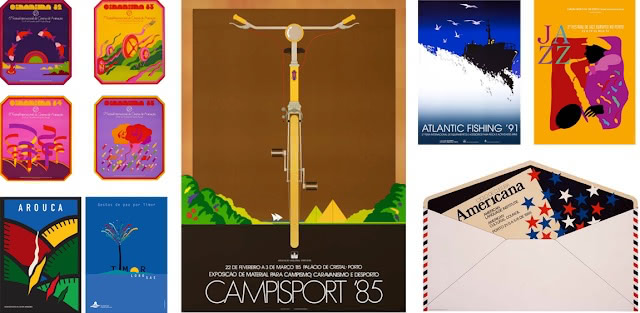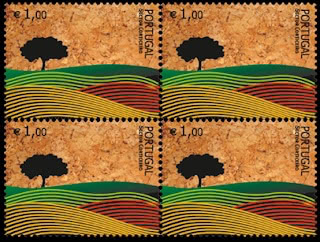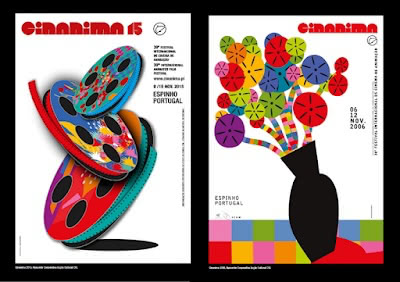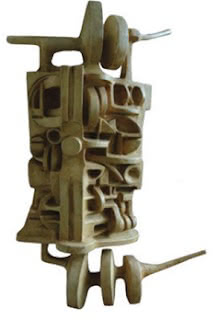The Little Mail Carriers are still island-hopping in the South Pacific! After their adventures in New Caledonia with postcrossers Maret (aka Cerres) and Andry (aka andry1961), our tiny postal duo boarded another plane to visit a place most of us only know from stamps and atlases: Wallis and Futuna. Come along as they report back from this remote corner of the world, where life (and the post!) move at an unhurried island pace.
From New Caledonia, we flew to Wallis and Futuna with the airline Aircalin, which operates two flights per week from Nouméa. Wallis Airport was a charming sight to behold in itself. Beyond its delightful architecture, the airport served as a vibrant gathering place for the locals. When we departed four days later at the early hour of five in the morning, the area around the airport was surprisingly bustling with people.
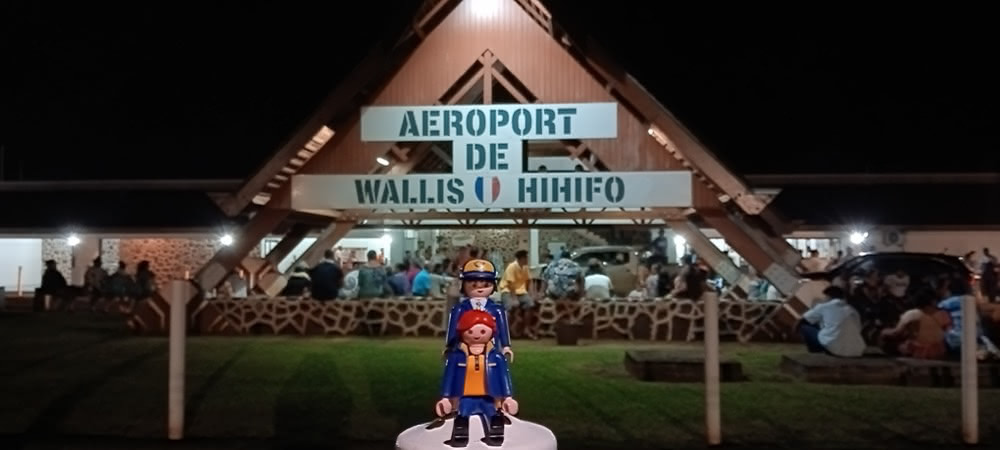
Wallis and Futuna is an exceptionally unique France overseas territory that has never been colonized but chose to become a part of the French Republic (1961) while preserving its three kingdoms.
The first inhabitants of Wallis came from New Caledonia. Europeans only discovered Wallis in 1767 when Samuel Wallis laid eyes on an uncharted island. After an initially confrontational reception from the locals, he returned to the sea, leaving the island with his namesake. The local population predominantly comprises Polynesians, whose gracious hospitality and traditions whisk you away from daily life.
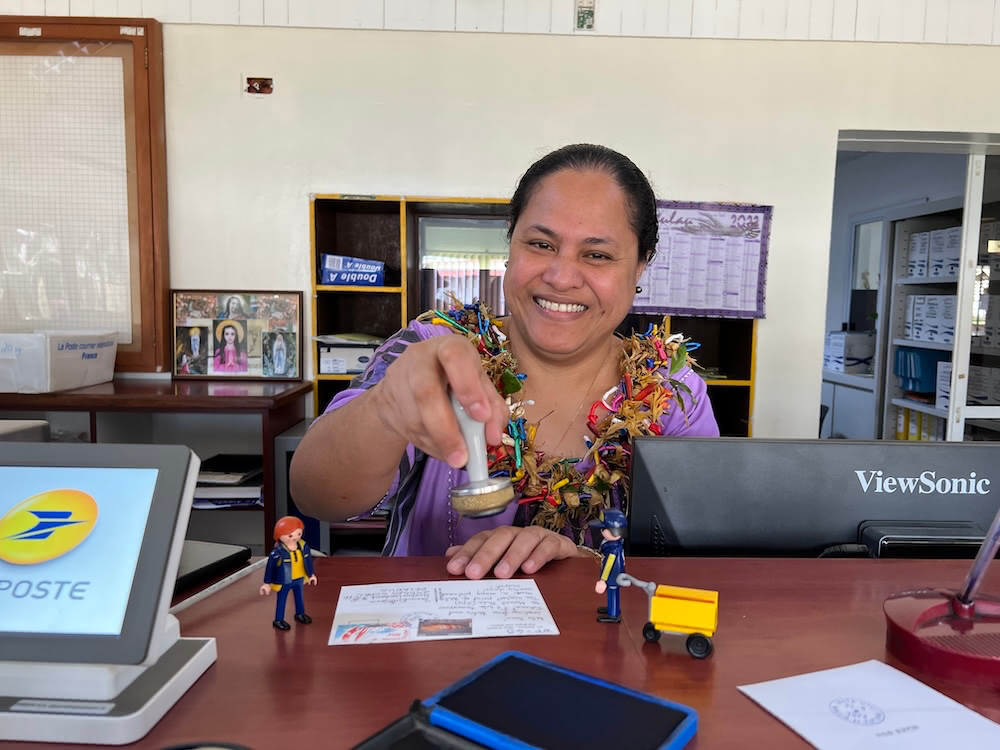
Many of them adorned themselves with beautifully scented flower necklaces (often more than one) or tucked flowers into their hair. This was not limited to women; men embraced the tradition too. The daily presence of these traditions was evident in the local attire and tattoos. Both floral and oceanic motifs were popular in these expressions.
The Wallis Post Office is located in the capital city, across from the royal palace and near Mata-Utu Cathedral. Here, the post office isn’t just for sending postcards: you can also arrange telephone and internet connections, transfer money, pay bills, and more.
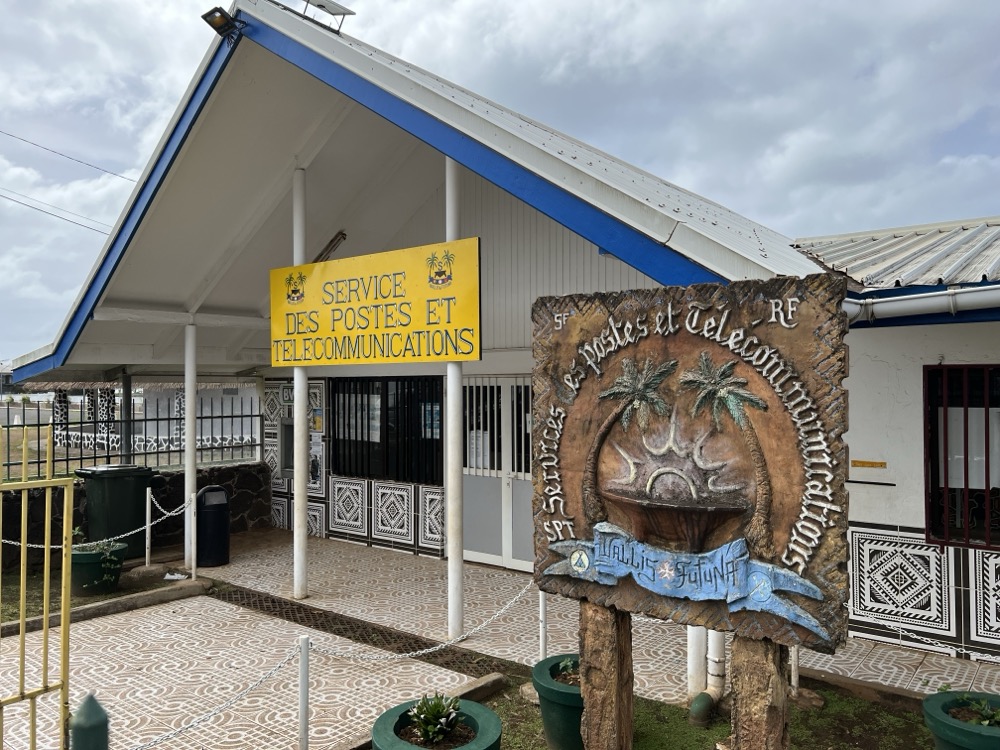
Adjacent to the post office, there’s an impressive philatelic department where we spent at least two hours every day when the post office was open. We received a warm welcome and were even offered a workspace for leisurely stamping.
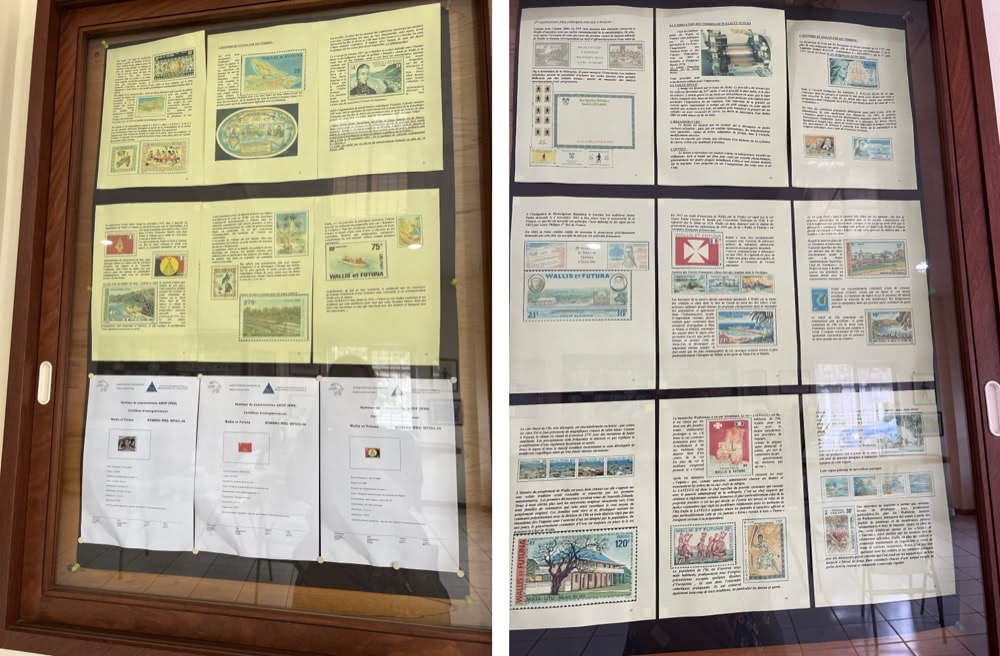
The islands’ first stamps were overprinted stamps from New Caledonia, issued in May 1920. The stamps depict the history and nature of Wallis and Futuna, all of which are displayed along with explanations behind numerous glass-encased panels. On our last day in the Philatelic Center, they gifted us a flower necklace, though it was a bit too large for us — Maret was wearing it instead of us.
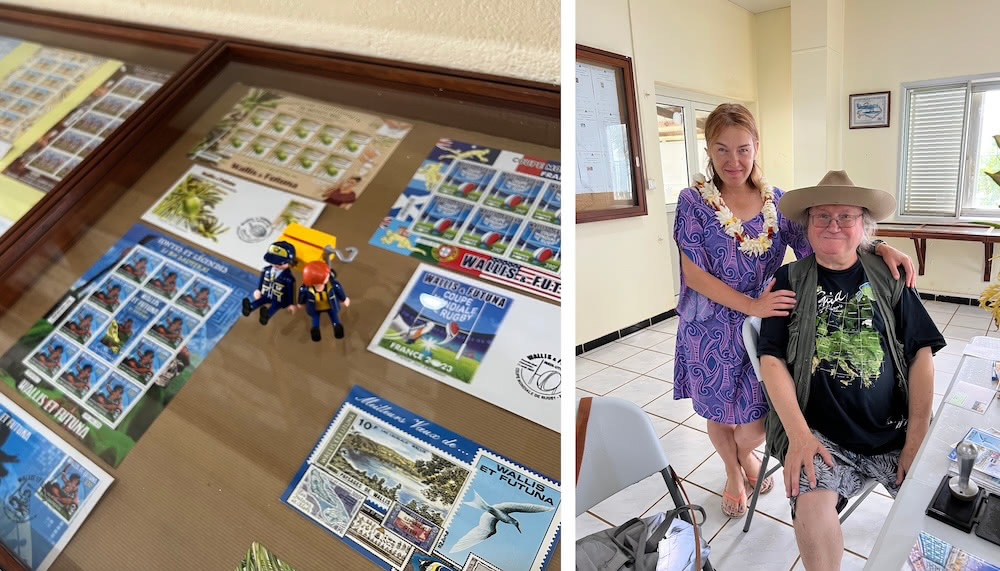
During our time in Wallis, we also visited Talietumu, the best-preserved Tongan Fortresses in Pacific Region and Lake Lalolalo, one of the largest inland crater lakes in this area.
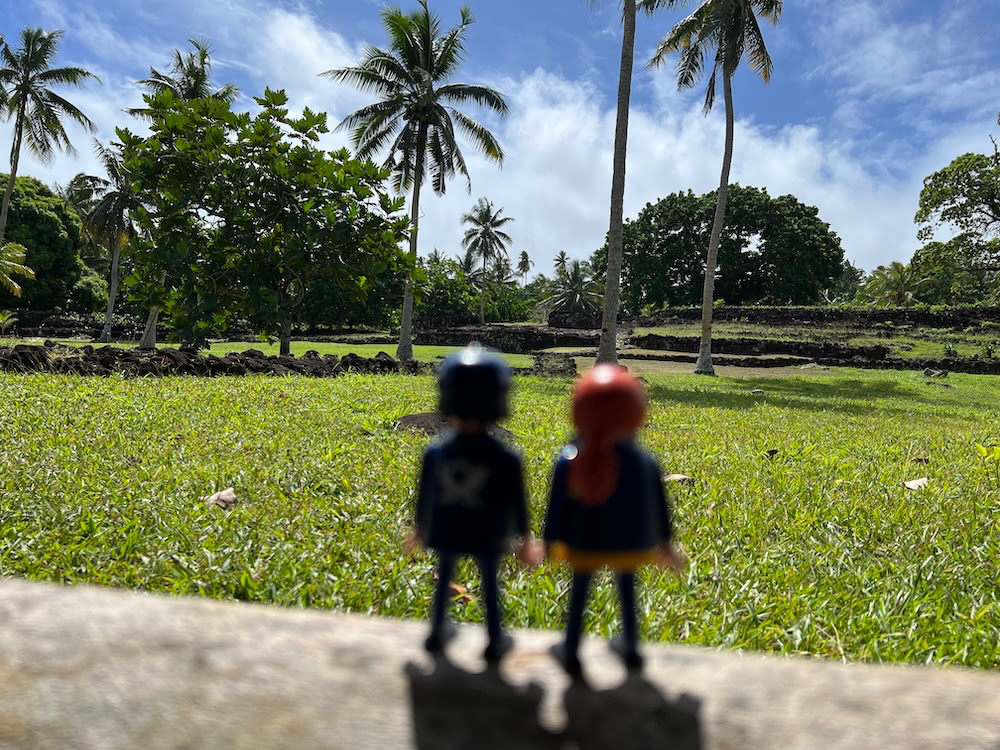
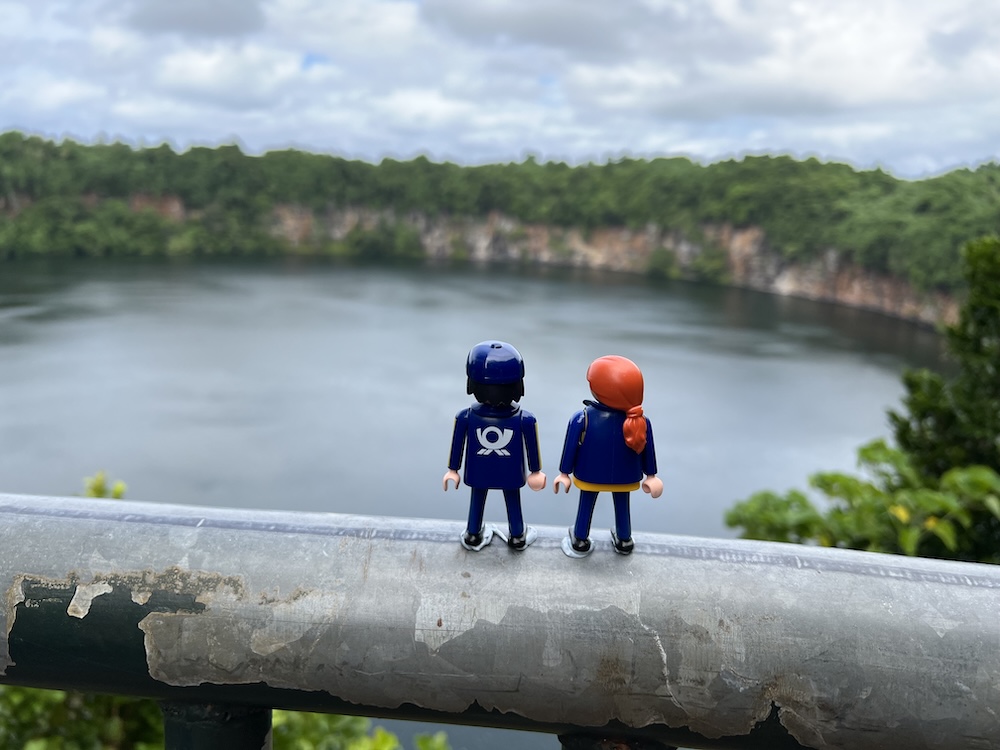
In total, we made several rounds around the island during those days — the circumference is only about 50 kilometers. Although the distances were not vast, pedestrians were quite rare, also in Mata-Utu, but friendly stray dogs were abundant.
However, it’s worth noting that our journey was not without its challenges. A daily storm, which prevented flights to the nearby Futuna Island, added an element of unpredictability to our adventure. 😞 We’ll have to leave that visit for another time… but that’s part of the adventure.
With postcards written, stamps carefully chosen, and new friends made at the post office, it was soon time for Maret, Andry and us to say “mālō” and continue our journey across the Pacific. Stay tuned — we’ll soon have some more exciting travel reports to share!











